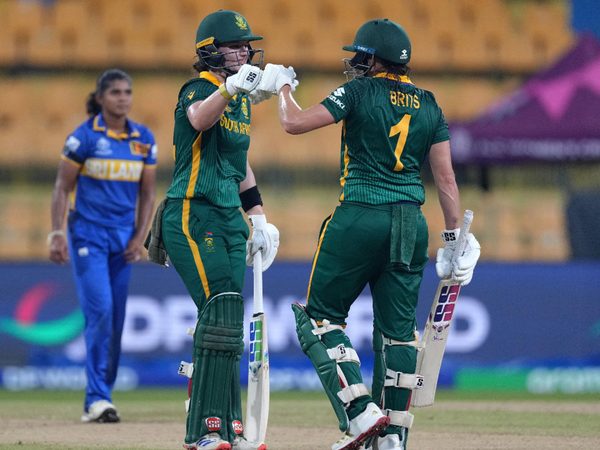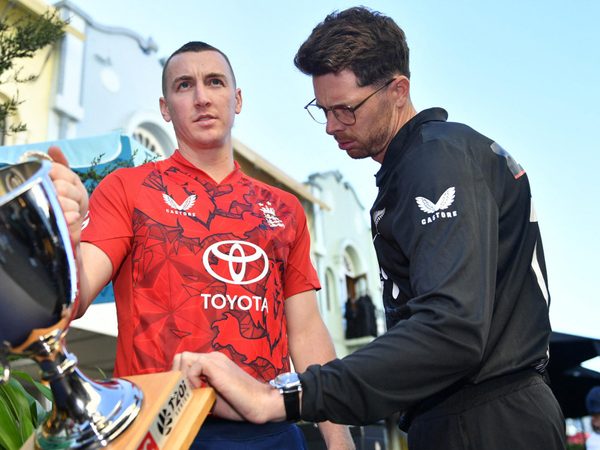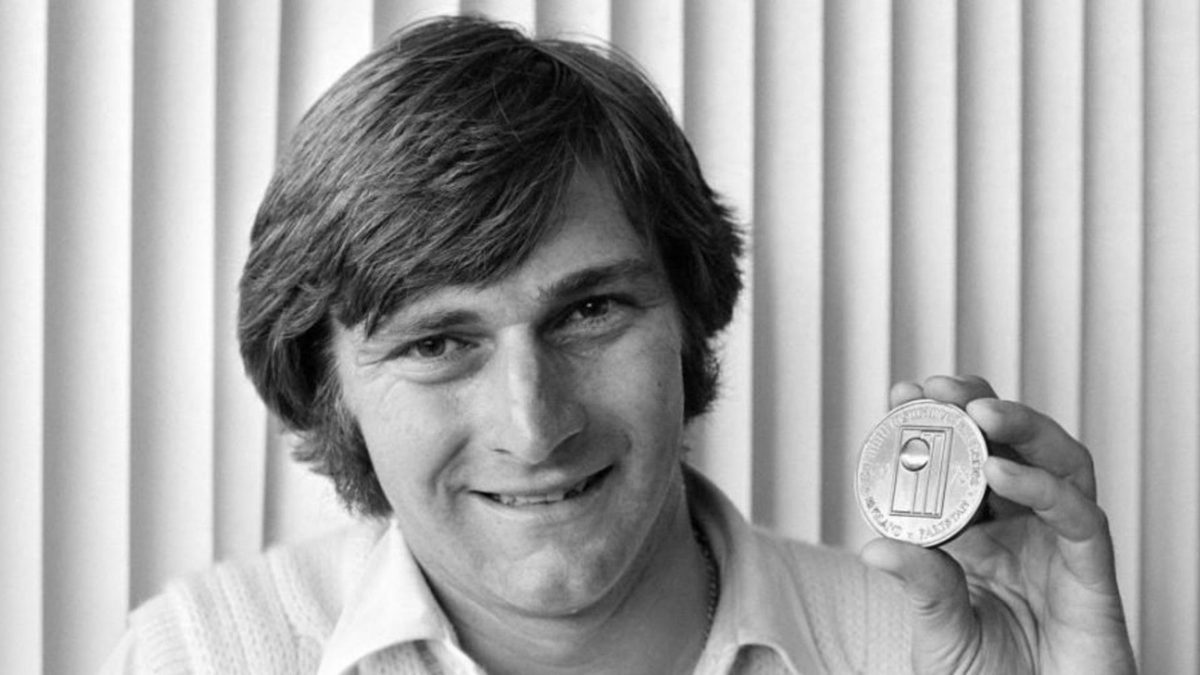
The Yorkshire and England seamer Chris Old overcame years of injury problems to enjoy a golden summer in 1978. He was named as a Wisden Cricketer of the Year at the start of the following season.
The now-indisputable talents that lifted Chris Old to a distinguished career with Yorkshire and England might never have been allowed to develop had two older Olds had their way. The youngest Old was an impressionable four years of age when he was allowed to take part in his first cricket match, and older brother Alan and eldest brother Malcolm nominated him as wicket-keeper, declaring sternly that he was not allowed to bat or bowl.
Happily, Christopher Middleton Old outgrew his penance as wicketkeeper and his awe of older brothers, but he never outgrew his love of cricket. The 1978 season, which he regards as the most satisfying of his career to date, revealed him at 29 as a mature bowler, a model of accuracy and control. Brother Alan, perhaps as a result of so much early batting and bowling practice, has played for Durham and has won greater honours as an England and British Lions rugby union fly-half.
Indeed, Chris and Alan provide the only instance, it is thought, of brothers playing for England at different sports on the same days. It happened while Chris Old was with England in the West Indies in 1974. On February 2, Chris played in the first Test at Port-of-Spain and Alan appeared for England against Ireland at Twickenham; on February 16, when Chris played in the second Test at Kingston, Alan played against Scotland at Murrayfield.
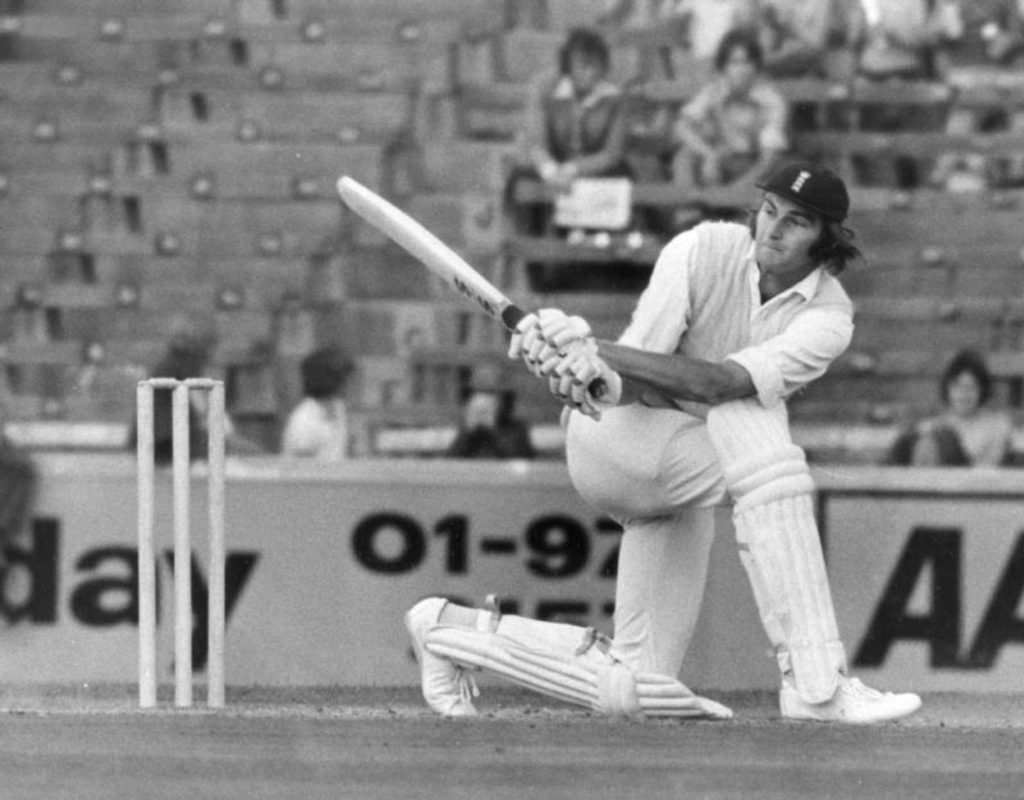 Old registered six centuries and 27 half-centuries in first-class cricket
Old registered six centuries and 27 half-centuries in first-class cricket
Born at Middlesbrough on December 22, 1948, Old made his mark in schoolboy cricket as a left-handed batsman, playing for Durham, North of England, and then England Schools before graduating to the Yorkshire nets and into the county second eleven. He was 13 when the Middlesbrough club recommended him to Yorkshire – as they had Alan and Malcolm before him – and he arrived at the nets as a batsman who bowled right-arm a bit at medium pace.
Arthur Mitchell, a stern taskmaster with that typically abrasive coaching technique that few outside Yorkshire seem to understand, encouraged him not to ignore his bowling, but it was as a batsman that Old first played for the second eleven. His only concession to the role of all-rounder which he was to develop with distinction was to bowl one over in the match.
He made his Yorkshire debut at Portsmouth in 1966 and the composition of that side – Taylor, Sharpe, Padgett, Close, Hampshire, Illingworth, Binks, Wilson, Nicholson, and Trueman (with Boycott away playing in a Test match) – was enough to suggest he might have more opportunities as a bowler than as a batsman. His chief rivals for a bowling place then were Waring and Stringer. In Trueman and Nicholson, Old found two willing advisers very different in emphasis. Trueman preached fire and brimstone – “Even now he is always ready to tell me what I am doing right and wrong;” Nicholson taught him how to shine and swing the ball. “One of the finest swing bowlers the game has ever seen,” says Old. Such an apprenticeship was not wasted.
Old’s action has much of Trueman’s natural grace and rhythm, little of his elemental speed or hostility. In philosophy and function, he is much more reminiscent of Statham. “People always expected me to be Fred’s natural successor, to bowl as nastily as him. It’s only in the last four or five seasons that I have outgrown the comparison,” he says. Nevertheless, by 1969 he had assumed the responsibility for opening the Yorkshire attack after Trueman’s retirement, and within four seasons he had become an ever-present in England’s Test match squad.
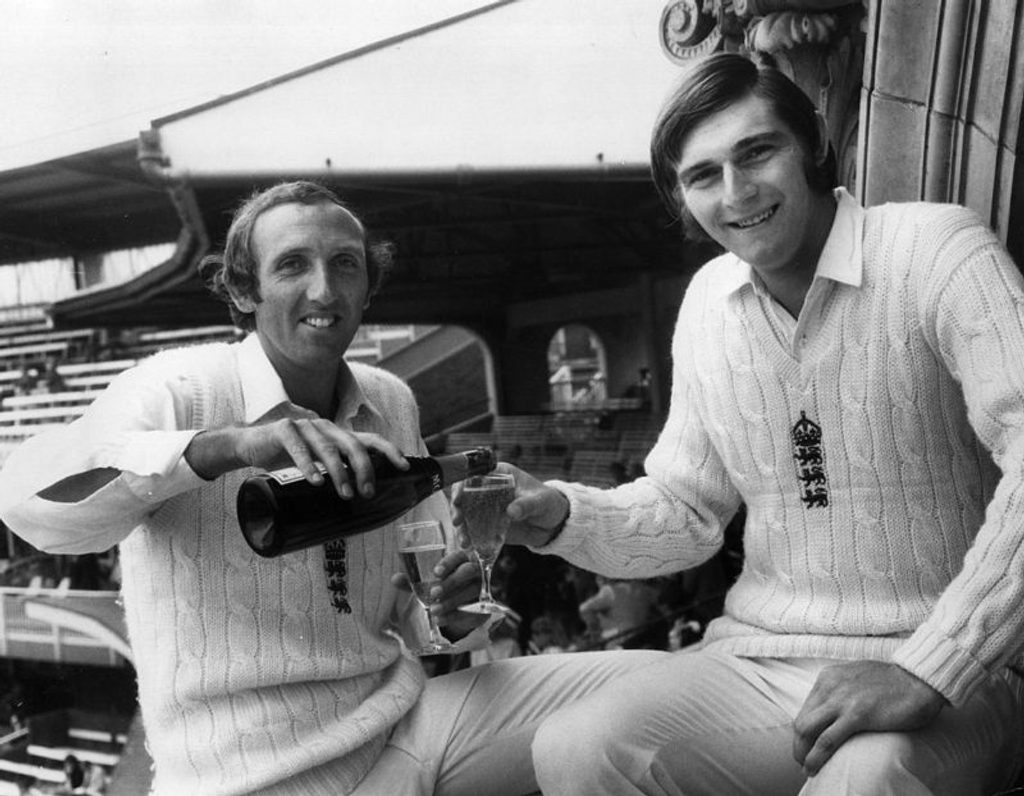 Old picked up 1070 first-class wickets in his 20-year career
Old picked up 1070 first-class wickets in his 20-year career
Only injuries have threatened his career with England, but that threat alone has been real and insistent. Operations on both knees in 1970 and 1971 were followed in 1976 by the possibility of major surgery which might have finished him as a player. There was no guarantee of success and a real possibility that knee operations might leave him badly incapacitated. “I might have still been in a wheelchair,” he recalls.
But Old was determined to take the risk; indeed, was already booked in for surgery when it was suggested that special remedial treatment might stimulate dormant thigh muscles. A severe course of weight training and electric impulse treatment produced amazing if painful results.
He is still dogged by shoulder trouble which makes throwing from the outfield uncomfortable without seriously impairing his bowling action. Yet that did not prevent him from making 1978 a year to remember. After bowling well on England’s tour of Pakistan and New Zealand, Old demoralised the Pakistanis with six wickets for 36 for MCC at Lord’s and then decimated them in the Edgbaston Test match, where he took seven for 50, including four wickets in five balls. “Bob Willis and I switched ends at lunch and I was just plugging away trying to keep the runs down,” he says disarmingly.
His fine form for Yorkshire reached a pinnacle at Old Trafford, where he took nine wickets and scored 100 not out against Lancashire, statistically the best all-round performance of his career.
On other occasions, Old has revealed his power of stroke with the bat. Indeed, he is credited with the second-fastest century in first-class cricket – thirty-seven minutes with six sixes and 13 fours, his second 50 coming in only nine minutes. That was against Warwickshire at Edgbaston in 1977 at the expense of some very ordinary bowling.
It was suggested that Old’s bowling success last year was attributable to a shortened run-up, but he still bowls off his normal length of about 20 yards. “The difference was probably that I stopped trying to bowl really quick. My run-up has always been the same but I feel now that my mental attitude is a lot better.”
Chris Old played his 46th and final Test in the 1981 Ashes series. He took 143 wickets at 28.11.

